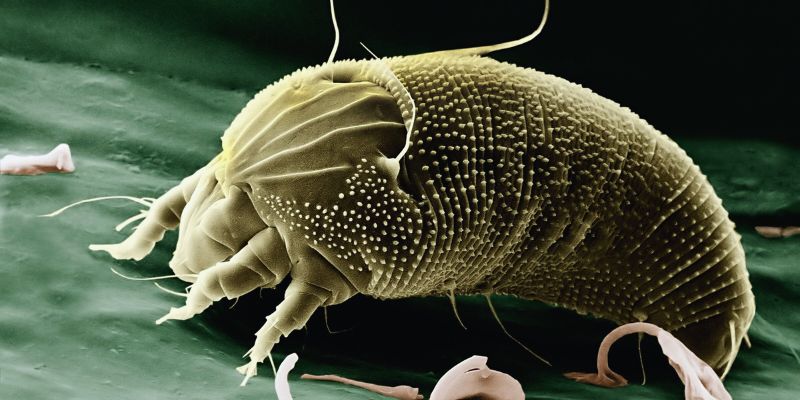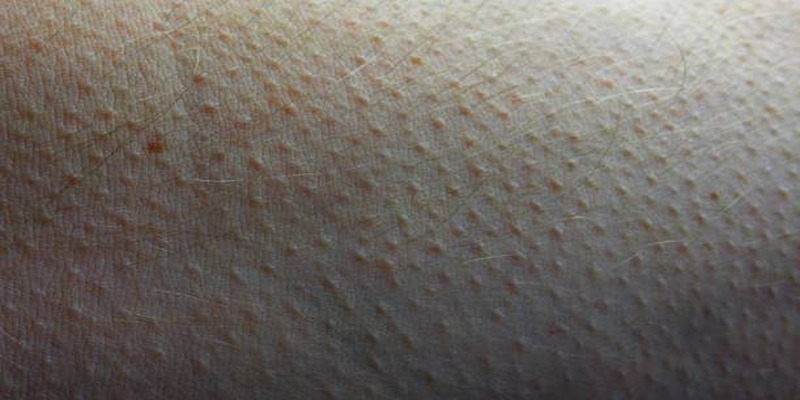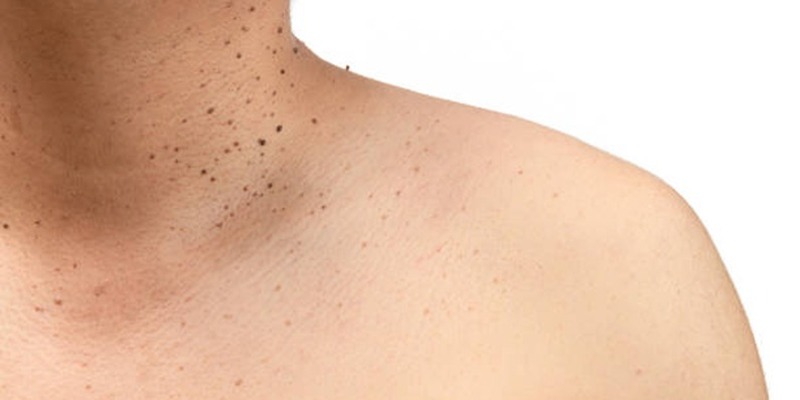Dust Mite Allergies: Causes, Symptoms, Treatment Options, and Prevention
Advertisement
Dust mite allergies affect millions globally more frequently than many might know. Often invisible to the unaided eye, these microscopic organisms flourish on dead skin cells in our houses. Although they seem benign, dust mites can cause various allergy symptoms, including asthma. The main offenders are their waste products, which trigger immune system reactions.
Dust mites could cause your allergy symptoms to aggravate indoors, particularly at night. You have always wondered why. Managing this disorder and getting relief from dust mite allergies depend on an awareness of the causes, symptoms, and available treatments. In this guide, we will discuss how dust mites compromise your health, together with doable advice for treating and avoiding allergic responses.

What Are Dust Mites?
Microscopic organisms called dust mites find ideal habitats in your house since they live in warm, humid conditions. Often requiring a microscope to be seen, these microscopic bugs are so small that they are invisible with the unaided eye. Living in soft furniture like bedding, mattresses, upholstered furniture, and carpets are mostly dust mites. Their main source of sustenance is the dead skin cells humans and dogs shed daily.
Though dust mites are not dangerous, their waste products include proteins that might set off allergic responses in susceptible people. The immune system may overreact when these proteins are inhaled or come into touch with the skin, resulting in symptoms including sneezing, runny nose, itchy eyes, and maybe asthma attacks.
Causes of Dust Mite Allergies
When the body overreacts to proteins in dust mite excrement, one develops a dust mite allergy. These tiny creatures produce waste particles containing certain proteins that trigger an allergic reaction in susceptible individuals' situations when touched or breathed upon. The immune system interprets these proteins as dangerous invaders, which causes the body to create histamines to protect itself. Typical allergy symptoms brought on by this immunological reaction include sneezing, itchy eyes, and a runny nose.
More severe forms can cause skin rashes or asthma episodes. Dust mites are especially troublesome in places like bedrooms where they can flourish, such as warm, humid settings. These bugs often gather on items people spend a lot of time on, including pillows, sheets, beds, and upholstered furniture. Dust mites are nearly invisible and are usually undetectable until allergic symptoms start. Controlling dust mites is essential for people sensitive to allergies since they are a continual indoor allergen.
Common Symptoms of Dust Mite Allergies
Based on the person's sensitivity, the symptoms of dust mite allergies could be minor to severe. The most often occurring symptoms are listed here:
- Sneezing: Sudden, frequent sneezing is among the earliest indicators of dust mite allergies. It usually happens when one is surrounded by dust mite particles in the atmosphere.
- Runny or Stuffed Nose: A nose with watery discharge or nasal congestion is common. Typical symptoms of dust mite exposure include difficulty breathing through the nose.
- Itchy or Watery Eyes: Redness, itching, or watery eyes might result from dust mite aggravation of the eyes. It is a typical allergy response, particularly in furniture or mattresses, when dust mites are present.
- Coughing: Dust mite allergies can set off coughing, particularly at night. It can disrupt sleep and worsen during the night if you come into direct touch with dust mites on your bed.
- Shortness of Breath: People with Asthma especially react sensitively to dust mites. Exposure can include coughing, wheezing, or chest discomfort.
- Skin Rash: Some people, particularly when their skin comes into touch with dust mite allergens, may get skin reactions, including hives or eczema.

Treatment Options for Dust Mite Allergies
Depending on the degree of symptoms, many treatment choices are accessible to control dust mite allergies. These are a few typical treatments:
- Antihistamines: Antihistamines medications that counteract the effects of histamines, chemicals generated during allergic reactions. They can help ease symptoms, including watery eyes, itching, a runny nose, and sneezing. There are both over-the-counter and prescription types of antihistamines.
- Nasal Sprays: Commonly used steroid nasal sprays lower nasal channel inflammation. These sprays can help with dust mite-related sinus pressure, congestion, and discomfort. They are prescriptions often recommended for those with ongoing nasal allergies.
- Decongestants: Decongestants help to clear nasal congestion by reducing the blood vessels in the nasal passages. Usually used temporarily, they should be utilized carefully since long-term use may aggravate conditions.
- Allergy Shots (Immunotherapy): For some with severe dust mite allergies, allergy shots and immunotherapy offer a long-term fix. Frequent injections of minute amounts of allergens are required to assist the body in developing tolerance over time and, hence, lower the severity of allergic reactions.
- Inhalers: Inhalers can help open the airways, relieve breathing problems, and reduce wheezing or shortness of breath in asthma patients or people with other respiratory conditions caused by dust mites.
Preventing Dust Mite Allergies
Control of dust mite allergies mostly depends on prevention. Although dust mites cannot be eradicated, there are actions you can take to reduce allergy:
- Wash Bedding Regularly: Frequent washing of bedding helps kill dust mites; wash blankets, pillowcases, and sheets in hot water (130F or above) at least once a week.
- Keep Humidity Low: Use a dehumidifier to maintain humidity below 50%; dust mites thrive in damp conditions.
- Vacuum Often: A HEPA filter vacuum cleaner will help you eradicate dust mites and their waste products from furniture, carpet, and floors.
- Remove Carpets: Whenever possible, replace carpets with hard flooring, such as wood or tile, which is less prone to trapping dust mites.
- Keep Pets Out of the Bedroom: Eliminating pets from the bedroom will help lower general allergens since pet dander can also aggravate allergies.
- Air Purifiers: HEPA air purifiers help eliminate dust mites and other airborne allergens in bedrooms and other high-traffic areas.
Conclusion:
Dust mite allergies can seriously affect daily life by producing discomfort and aggravating respiratory problems. Understanding the reasons, symptoms, and available treatments will help people control their conditions. Regular cleaning, low humidity, and allergen-proof bedding help lower dust mite exposure through preventive actions. Although total elimination of dust mites is unattainable, regular control will help. Using the appropriate strategy, people can reduce allergic reactions and enhance their quality of life, guaranteeing a better and more comfortable living environment.
Advertisement












